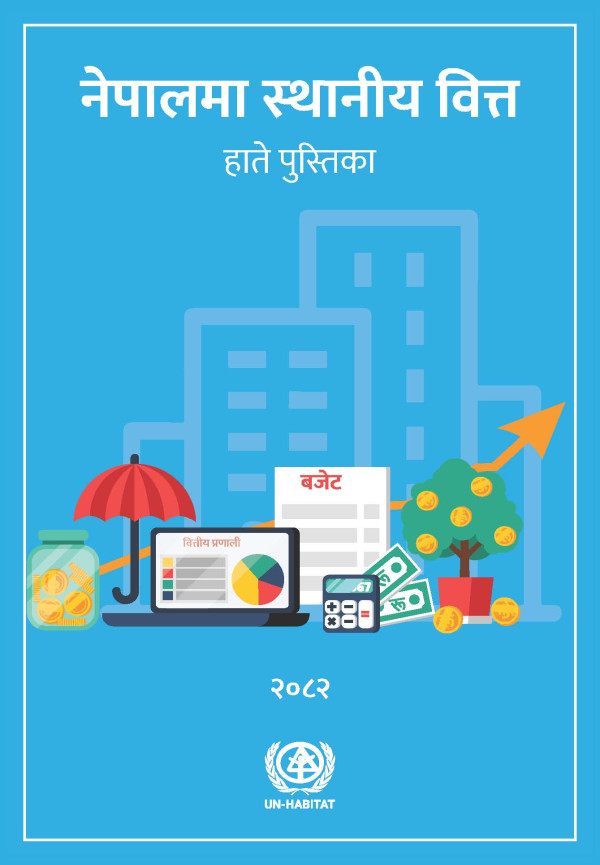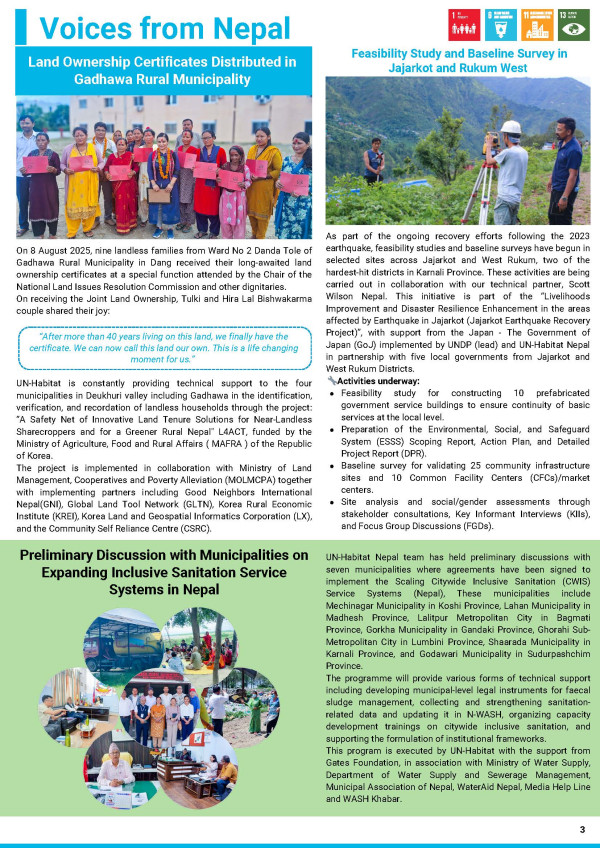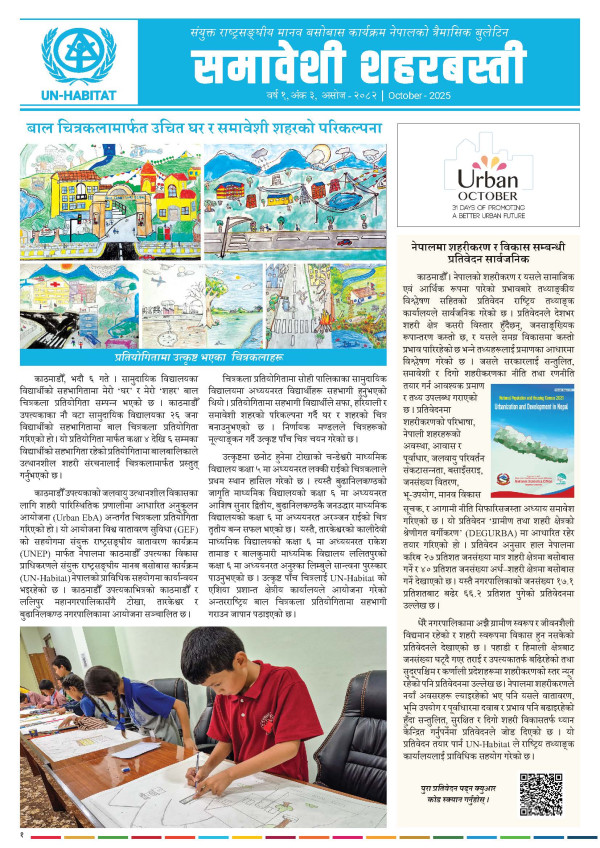Mega sanitation plan to ensure clean Nepal

Date: August 7, 2011 By: Pragati Shahi
Kathmandu: To meet the national target of universal access to basic sanitation facilities (access to toilets) by 2017, the government has approved the ambitious Sanitation and Hygiene Master Plan (2010-2017) after more than three years of its recognition in the country’s national plan in 2008. Approved this week, it will be vital in enabling the environment for institutional and financial mechanisms to meet the Millennium Development Goal and national targets in sanitation.
To meet the sanitation MDG, Nepal has to achieve at least 53 percent toilet coverage by 2015. The present coverage stands at around 43 percent. The master plan is formulated by the National Steering Committee for National Sanitation Action to expedite sanitation promotion and demonstrate Nepal’s commitment to its sanitation endeavors. Nepal needs an annual investment of Rs. 7.5 billion to enable universal access to basic water and sanitation facilities by 2017, according to government data. Despite gradual achievements in sanitation 57 percent of the country’s population lacks access to toilets, said Nanda Bahadur Khanal, senior divisional engineer at the Ministry of Physical Planning and Works (MPPW). Khanal said the master plan envisages four sequential steps for promoting hygiene and sanitation—institution building, planning and programming; Open Defecation Free (ODF) campaigning, behaviour change and post ODF campaigning (total sanitation). The trend of toilet coverage indicates Nepal will attain the MDG but it needs pragmatic vision, operational strategies, strengthened institutional arrangements, adequate resources and stakeholders’ collaborative efforts to achieve national goal of universal toilet coverage by 2017.
Implementation of the plan is timely and important at this point of time, according to experts, who state that the launch of Global Sanitation Fund in 2010 and which is to be managed by UN-HABITAT for the next five years will play an instrumental role in speeding up programmes and activities envisioned by the Sanitation and Hygiene Master Plan. A total of US $ 5 million is committed under GSF to help the country implement the plan, increase sanitation coverage and strengthen concerned stakeholders including civil society, local administration and the private sector, among others.
Bhushan Tuladhar, UN-HABITAT chief technical advisor, said the declaration of ODF areas and adoption of total sanitation approach across the country particularly in rural parts is the plan's important aspect. Under the plan, village development committee and municipalities have been identified as basic units of sanitation planning and emphasis has been given at the local level for strategic plans on sanitation. “The endorsement of the master plan is timely and appropriate at a time when the country is working to meet the sanitation MDG target and national target of universal access to sanitation by year 2017,” Tuladhar said.
Source: The Kathmandu Post Related News: Sanitation master plan approved




